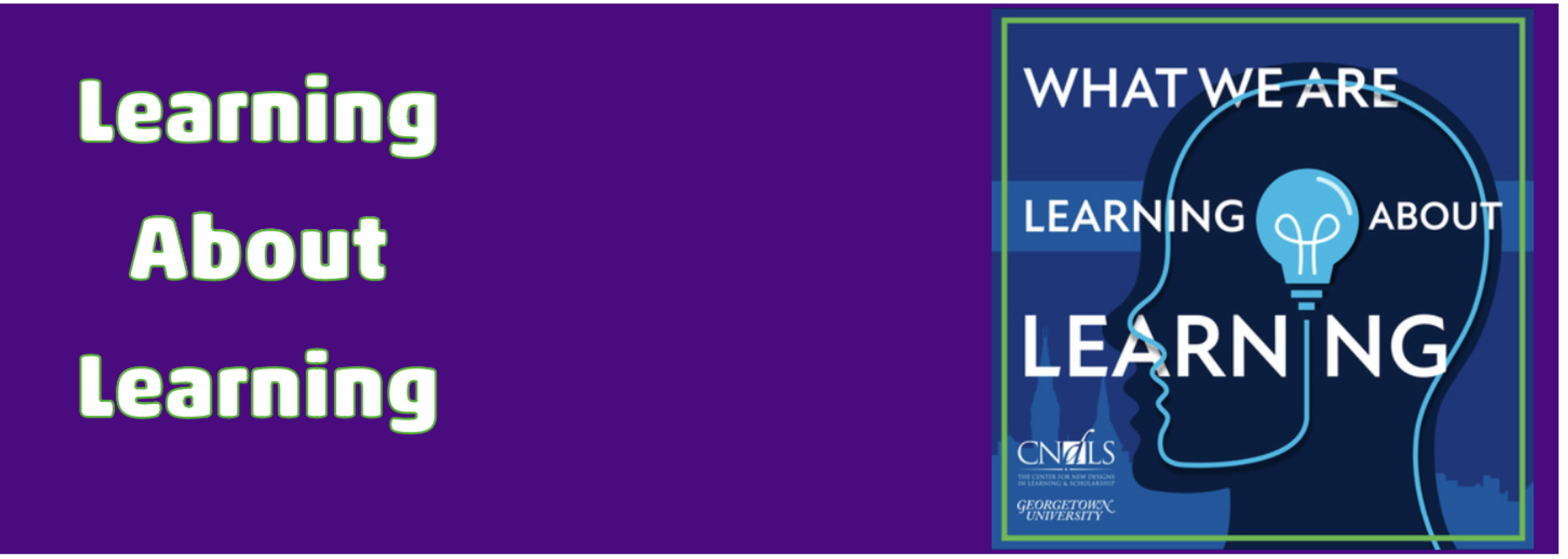Learning About Learning:

The Four Original Languages - Part Two:
Visual Language
After birth, Visual Language takes precedence. One of the first things we see is our mother’s smile, and we respond in kind soon after.
Visual acuity refers to the ability to understand and derive meaning from what we see. It is a complex skill that we learn and develop, involving various functions. Studies show that 80 to 85% of our perception, learning, cognition, and activities depend on vision.
From the time our eyes first open as newborns, vision accounts for two-thirds of the electrical activity of our brain—a full 2 billion of the 3 billion firings that occur per second.
40% of all nerve fibres connected to the brain are linked to the retina. Half of all neural tissue deals with vision in some way. More of our neurons are dedicated to vision than the other four senses combined.
Neuroscience research over the past 40 years has revealed at least 30 visual response areas in the primate brain. Within these areas, there are parallel streams and distinct modules of processing.
If visual language is a priority in our brain’s functioning, it, therefore, must be a priority to engage in visual language at every opportunity and stage of the teaching and learning process.
If our goal is to reach all students, including visual imagery in learning is critical. Students must be given opportunities to express themselves — to show what they've learned or are thinking — through projects incorporating visual imagery, including art. When children are asked to tell stories if they draw while telling the story, the story is richer, the vocabulary is richer, and the communication is better. While drawing, children use another part of the brain, bringing out the creativity in the story and the art.
In this modern world, communication increasingly depends on visual images, so helping students become visually literate is increasingly important. It's no longer enough to read and write; our students must learn to process words and pictures. They must be able to move gracefully and fluently between text and images.

